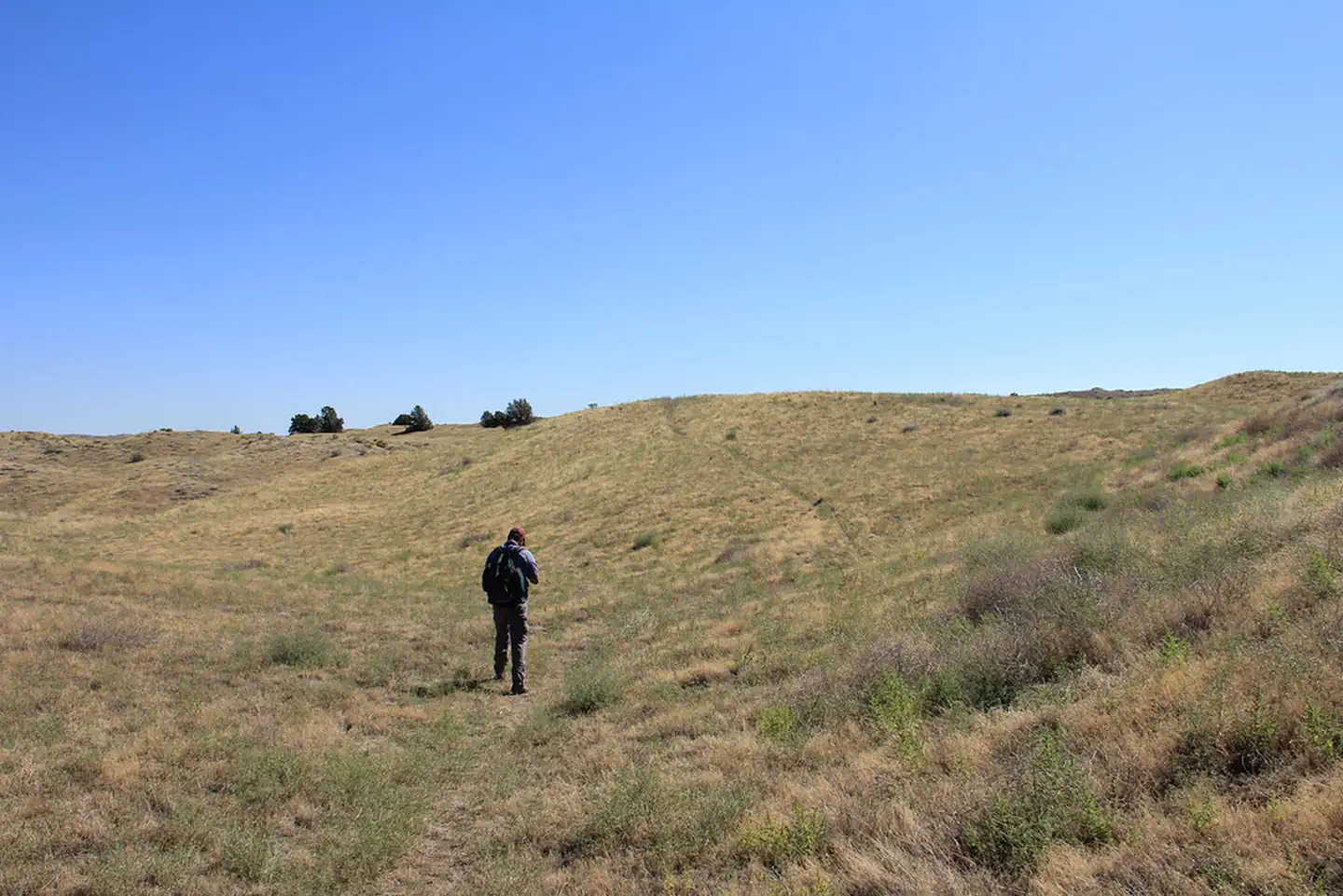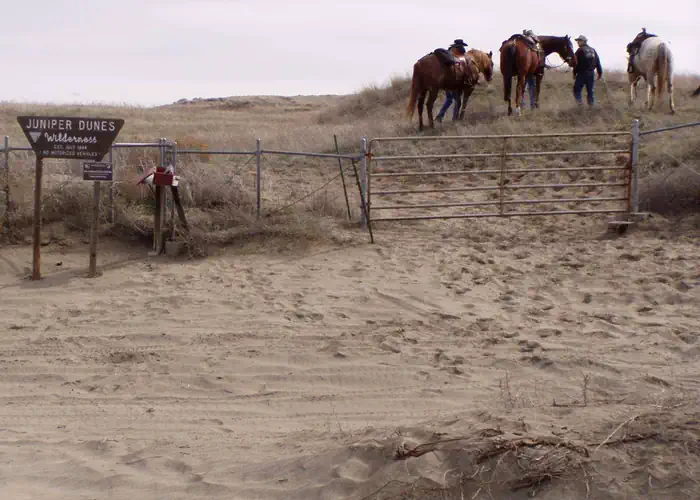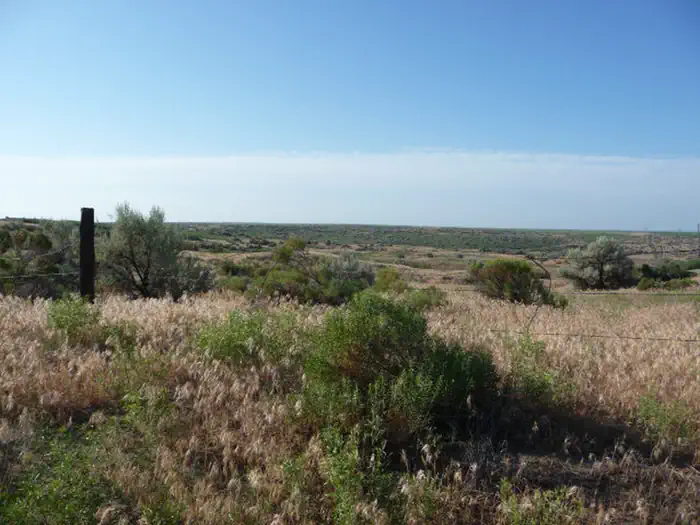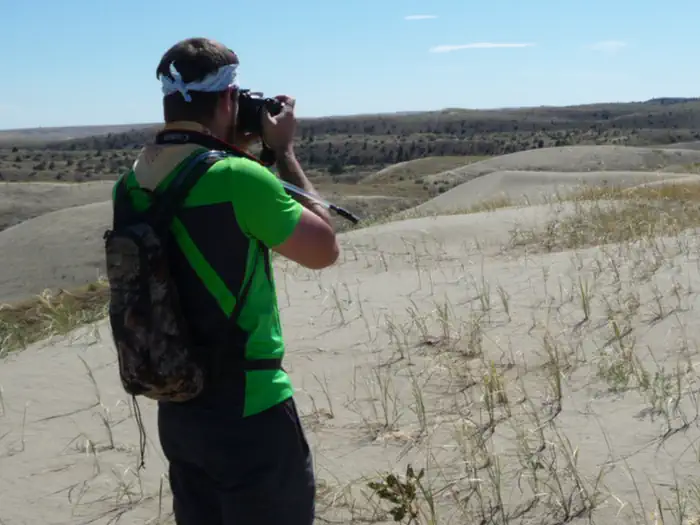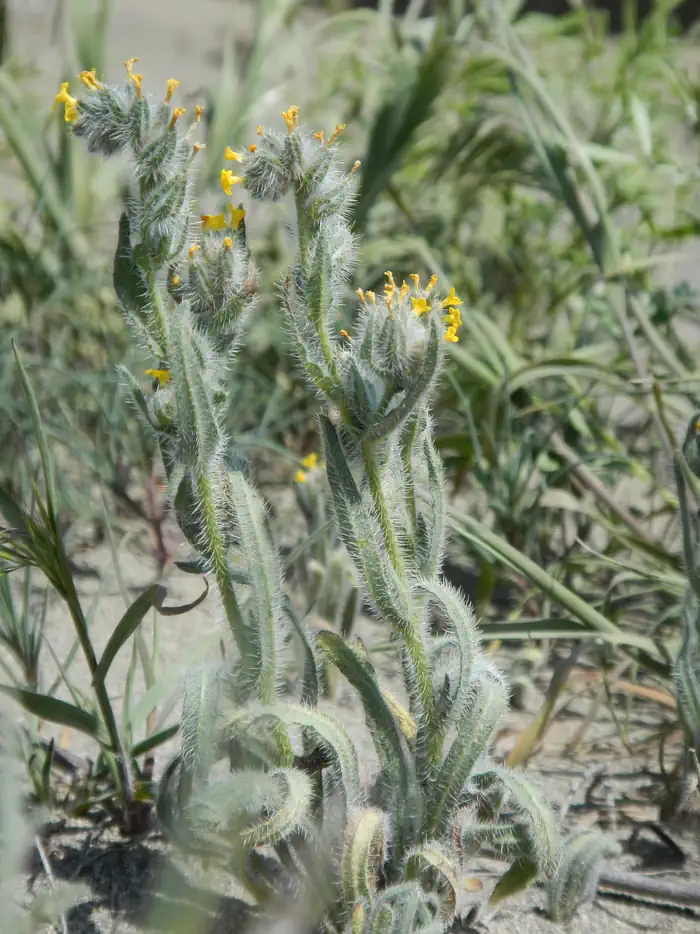Juniper Dunes Wilderness
Near Pasco, Washington
Juniper Dunes Wilderness does not offer reservations through Recreation.gov. Please take a look at the area details below for more information about visiting this location. Enjoy your visit!
Overview
The US Congress designated the Juniper Dunes Wilderness in 1984 and it now has over 7,140 acres. The Juniper Dunes Wilderness preserves the northernmost growth of western juniper, some of which have been around for 150 years, along with windswept sand dunes measuring 130 feet in height and 1200 feet in width. Other than junipers, no trees grow in significant numbers here, but many bushes and flowers bloom wondrously come spring, although the mountains that separate western and eastern Washington generally wring the moisture from the air.
The landscape here takes quite a battering; in fact, with strong southwest winds to build the dunes, seven to eight inches of precipitation to moisten them, a foot or so of snow that drifts down in winter, and summer temperatures that occasionally rise above 100 degrees Fahrenheit. Elevations range from 750 feet to 1,130 feet above sea level. But plenty of animals thrive despite the extremes: mule deer, bobcats, coyotes, badgers, skunks, weasels, porcupines, pocket gophers, kangaroo rats, several species of mice, hawks, owls, ravens, quail, partridge, pheasants, doves, numerous songbirds, and rattlesnakes.
The entire wilderness is surrounded by privately-owned lands. Getting all the way to the Wilderness gate can be risky business, even with a high clearance 4-wheel drive vehicle (highly recommended), and there is a significant risk of getting stuck in the loose sand of the last jeep trail, Wilderness Road, especially in warm months when there is little moisture in the sand. One option is to park at the Off-Highway Vehicle staging area on Juniper Road (also a jeep trail) and walk an additional +1 mile to the Wilderness Gate.
You'll find no maintained trails nor water in the Wilderness, and backpackers and horseback riders should be aware of the likelihood of large temperature variations during overnight stays.
Since the early 1960s, Juniper Dunes has been a popular regional outdoor recreation area. Its current 19,600 acres is split into three adjoining area designations, each having its own use regulations: the Juniper Dunes Wilderness (designated by Congress in 1984), an Area of Critical Environmental Concern (ACEC), and an OHV “Open” Area. Currently, more than 30,000 people visit Juniper Dunes annually, most of them coming for OHV recreation.
Know Before You Go:
- Public access to Juniper Dunes Wilderness is very challenging. The main access point into the wilderness is via the Wilderness Gate. Only non-motorized/non-mechanized access is allowed into the wilderness.
- To get to the Wilderness Gate, travel paved Juniper Dunes Road to its northern end where it connects to a very primitive OHV access road. Many people park/unload here and continue via hiking, horseback, or by OHV suited to dunes travel. For motorized road travel beyond the end of the paved road, at minimum a high clearance 4-wheel-drive is highly recommended. Travel north 1.25 miles on the access road until you reach the OHV area upper parking/staging area, which is in loose sand. Without an OHV suited to dunes travel, the risk of getting a motorized vehicle stuck in the loose sand road conditions increases traveling any farther north from here. Another road mile further to the north is a signed intersection for Wilderness Road. Continue one more mile on Wilderness Road to the Wilderness Gate. Even high clearance 4-wheel-drive vehicles can easily get stuck on Wilderness Road, including under the best of conditions – which are typically from late fall to late winter.
- Vehicles pulling trailers should never attempt driving past the upper OHV "Open" area parking/staging area.
- Open fires are prohibited. Fires are restricted to camp stoves only.
- No facilities or services are available.
- High clearance 4-wheel drive is highly recommender beyond the junction of the north end of paved Juniper Road and the very primitive OHV access road. This is due to typically present loose sand, and large roller-coaster-type humps in the OHV access
